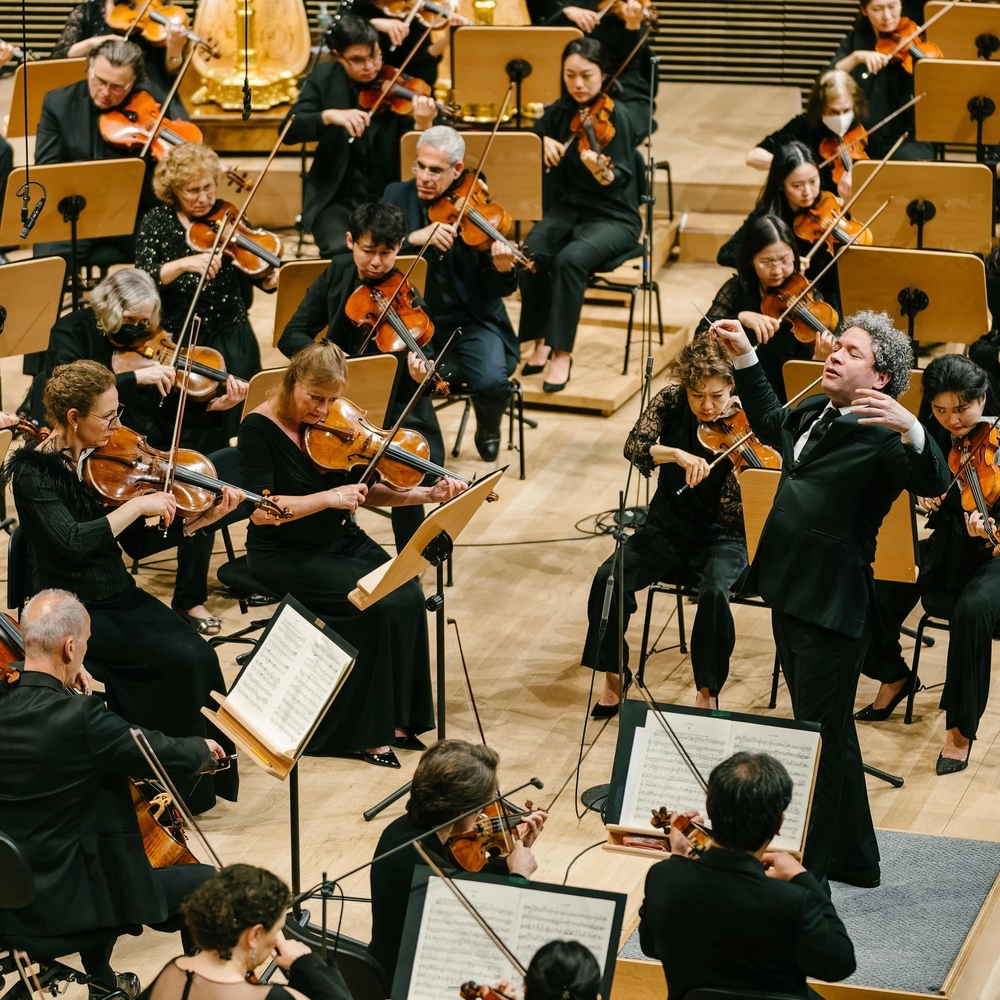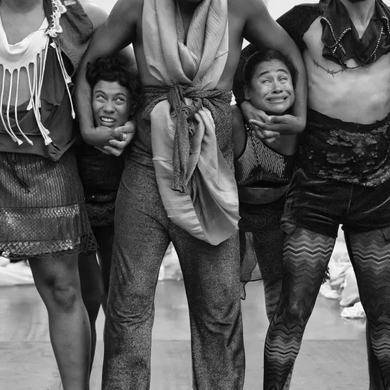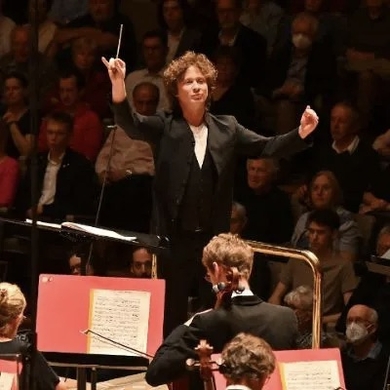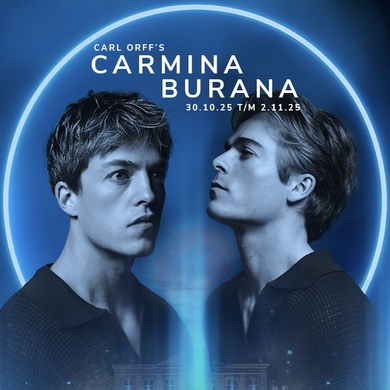Gustavo Dudamel, music director designate of the New York Philharmonic, weighs in with a program of unusual depth. Per the orchestra’s Web site, the fifth of Beethoven’s nine symphonies and the first of John Corigliano’s two, though separated by centuries, are alike in “mining the human condition.” How to parse this? Beethoven’s Fifth—“Fate Knocks”—has demonstrably engaged listeners in more ways than we can begin to keep track of; for a partial demonstration of the centrifugal power of the first movement alone, check out Matthew Guerrieri’s dizzying study The First Four Notes: Beethoven’s Fifth and the Human Imagination. And it’s absolutely the case that the symphony (in the abstract, not this one in particular) figures high on the list of musical forms Beethoven was born to canonize. Speaking from his soul, he spoke for humanity. As for Corigliano, the very stature of the Symphony Writ Large is what for many years kept him from writing one. No aspirant to universality, he felt alienated from the symphony’s “egotistical elevation of the composer’s need to express himself over the needs of the performer or audiences.” (Wow.) Then came the AIDS epidemic. Driven partly by seeing the NAMES Project AIDS Memorial Quilt, Corigliano took up the symphonic form not as a vehicle for personal expression but rather to memorialize friends lost to the dreaded scourge. Corigliano’s first movement carries the heading “Apologue: Of Rage and Remembrance.” The obsolescent if not obsolete “apologue”—meaning “a moral fable,” as in Aesop—doesn’t trip on the tongue, exactly. But “Of Rage and Remembrance” seems to be the handle by which Corigliano’s First is finding its lasting afterlife. —Matthew Gurewitsch
Arts Intel Report
Dudamel, Beethoven's Fifth & Corigliano

Gustavo Dudamel on the podium.
When
Sept 18–21, 2025
Where
Etc
Photo: Courtesy of New York Philharmonic



